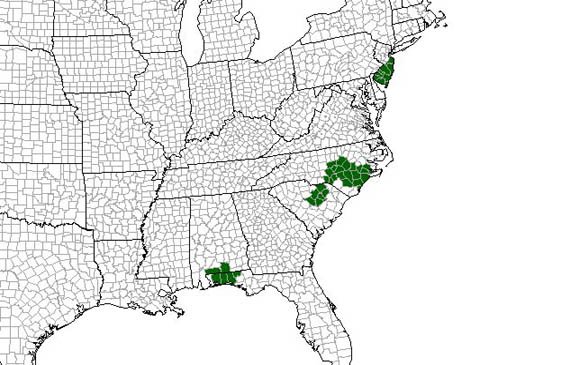A teenager was arrested for arson last week, accused of starting the the Jones Road Wildfire in southern New Jersey's Lacey and Ocean townships. The fire is on track to be the state’s largest in almost 20 years, burning at least 15,000 acres in three days.
The fire threatened the delicate Pinelands ecosystem, displacing wildlife, and forcing thousands of residents to evacuate. Igniting on April 22, 2025, in the Greenwood Forest Wildlife Management Area near Barnegat Township. It triggered a state of emergency, closed major highways including the Garden State Parkway, and left more than 25,000 homes without power.
The wildfire broke out near 19-year-old Joseph Kling’s home. Prosecutors say he lit a bonfire in the Pine Barrens and abandoned the site after only partially extinguishing it.
The Greenwood Forest Wildlife Management Area, a cornerstone of the Pinelands, is home to endangered species like the Pine Barrens tree frog and threatened species such as the northern pine snake. While the Pinelands' pitch pines and scrub oaks can adapt to periodic fires, the intensity of the wildfire could disrupt habitats and force wildlife into residential areas. Similar fires in Passaic County last fall saw animals seeking refuge in backyards, prompting experts to urge residents to provide water and space for displaced creatures.
New Jersey's 21 counties remain at heightened risk, with the New Jersey Forest Fire Service working tirelessly to contain the blaze. Helicopters and ground crews are deployed, but the fire's size and unpredictable winds pose significant challenges.
It's peak fire season for the area, with low humidity, winds, abd warming temperatures. New Jersey’s wildfire season, along with long-term drought, contributed to the spread. Firefighters have contained much of the Jones Road fire through controlled burns—removing dry vegetation that might otherwise fuel it.
SOURCES
Photos: https://www.nydailynews.com/2025/04/24/new-jersey-wildfire-jones-road-fire-photos/
nbcnews.com/weather/wildfires/new-jersey-wildfire-continues-burn-thousands-evacuated-rcna202541





















